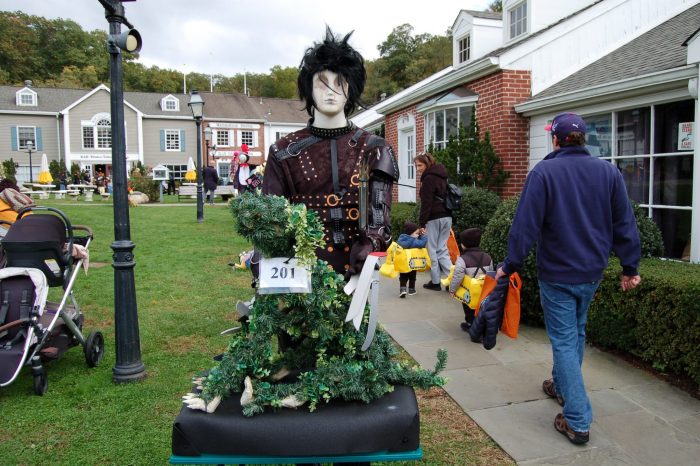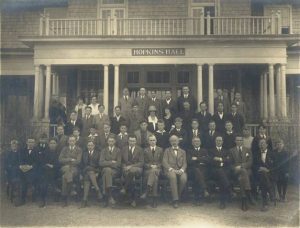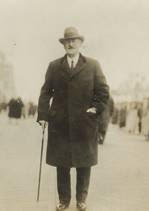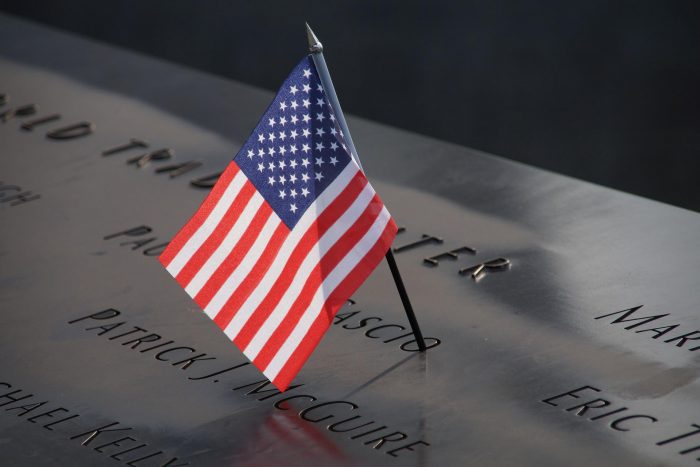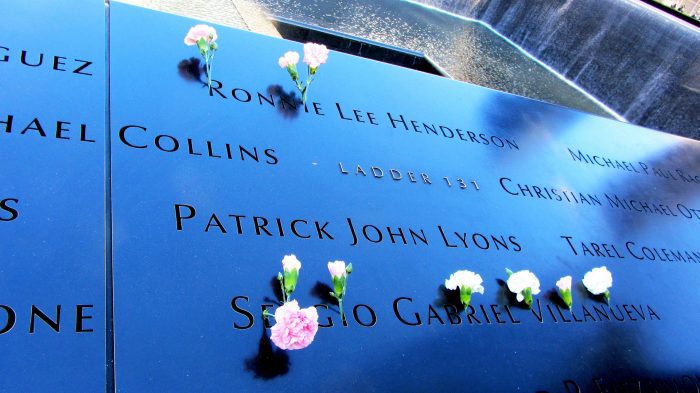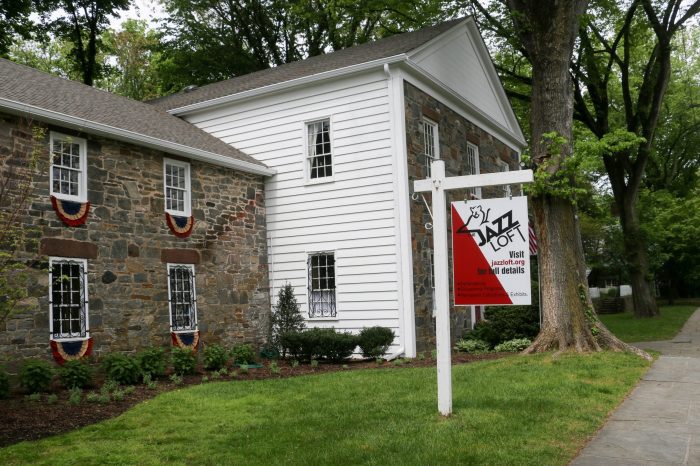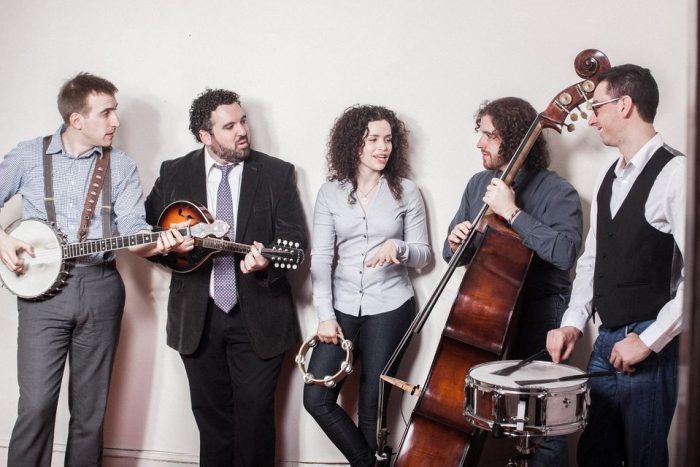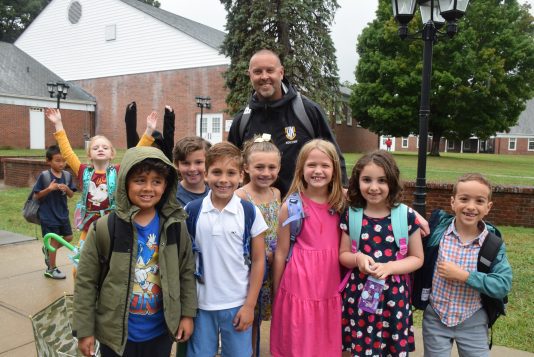1 of 23

Ward Melville senior outside hitter Jaron Popp keeps the ball in play for the Patriots in a road game against Eastport South Manor Sept. 8. Photo by Bill Landon

Ward Melville sophomore Kyle Fagan from the service line for the Patriots in a road game against Eastport South Manor Sept. 8. Photo by Bill Landon

Ward Melville senior outside hitter Jaron Popp puts the ball in play for the Patriots in a road game against Eastport South Manor Sept. 8. Photo by Bill Landon

Ward Melville sophomore Andrew Desimone sets the play for the Patriots in a road game against Eastport South Manor Sept. 8. Photo by Bill Landon

Ward Melville junior Brady Reyling battles at net for the Patriots in a road game against Eastport South Manor Sept. 8. Photo by Bill Landon

Ward Melville junior Jake Hendel sets up for the Patriots in a road game against Eastport South Manor Sept. 8. Photo by Bill Landon

Ward Melville junior Jake Hendel from the service line for the Patriots in a road game against Eastport South Manor Sept. 8. Photo by Bill Landon

Ward Melville sophomore Kyle Fagan battles at net for the Patriots in a road game against Eastport South Manor Sept. 8. Photo by Bill Landon

Ward Melville junior Keelan Sohl sets the play for the Patriots in a road game against Eastport South Manor Sept. 8. Photo by Bill Landon

Ward Melville senior outside hitter Jaron Popp with a kill shot for the Patriots in a road game against Eastport South Manor Sept. 8. Photo by Bill Landon

Ward Melville sophomore Kyle Fagan from the service line for the Patriots in a road game against Eastport South Manor Sept. 8. Photo by Bill Landon

Ward Melville junior Keelan Sohl sets up for the Patriots in a road game against Eastport South Manor Sept. 8. Photo by Bill Landon

Ward Melville sophomore Kyle Fagan with a kill shot for the Patriots in a road game against Eastport South Manor Sept. 8. Photo by Bill Landon

Ward Melville junior Shawn Legge battles at net for the Patriots in a road game against Eastport South Manor Sept. 8. Photo by Bill Landon

Ward Melville senior outside hitter Jaron Popp with a kill shot for the Patriots in a road game against Eastport South Manor Sept. 8. Photo by Bill Landon

Ward Melville’s Shawn Legge and Carlo Fontanini battle at net for the Patriots in a road game against Eastport South Manor Sept. 8. Photo by Bill Landon

Ward Melville senior outside hitter Jaron Popp with a kill shot for the Patriots in a road game against Eastport South Manor Sept. 8. Photo by Bill Landon

Ward Melville sophomore Kyle Fagan spikes at net for the Patriots in a road game against Eastport South Manor Sept. 8. Photo by Bill Landon

Ward Melville sophomore Kyle Fagan sets the play for the Patriots in a road game against Eastport South Manor Sept. 8. Photo by Bill Landon

Ward Melville senior outside hitter Jaron Popp with the return for the Patriots in a road game against Eastport South Manor Sept. 8. Photo by Bill Landon
When the Patriots of Ward Melville came knocking on Eastport South Manor’s door the Sharks would take the match to five sets in league volleyball action Sept 8.
Ward Melville senior Jaron Popp, a powerhouse at the net, had 37 kills in the contest leading his team to the 3-2 victory — 25-21, 22-25, 25-20, 24-26 and 15-11 in the fifth and deciding set.
Teammate Carlo Fontanini killed 11 along with four blocks, and Keelan Sohl had 38 assists.
The win lifts the Patriots to 3-0 and hands Eastport South Manor their first loss, dropping the Sharks to 2-1




